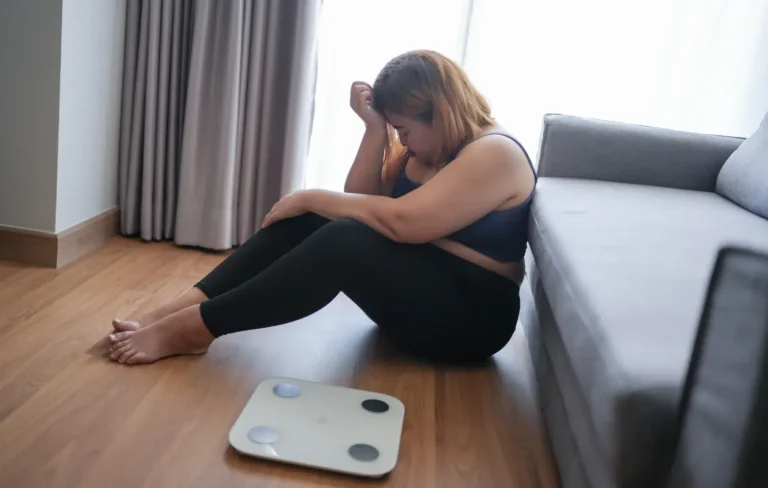7 Reasons Why Sitting for Too Long Is Bad for Health (How to Fix It?)
We’ve evolved over millions of years, from crawling to standing tall. And now? We’re hunched over laptops, slouched into couches, and stuck in our chairs for hours on end. If you’re reading this while sitting, you’re not alone. But here’s the uncomfortable truth, sitting for too long is silently wrecking your health.
Whether you’re a desk worker, a student, or just love binge-watching shows, here are 7 scientifically-backed reasons why sitting could be harming you, and what you can do about it.
What exactly is the difference when we stand and sit?
When we stand our core muscles are engaged just the keep up upright. These muscles are not as active when we sit. If you have tried yoga and any of the balancing poses like the “tree pose” or “Vrksasana,” you will know what I mean.
If you have done any such stability exercises you might just be speaking to yourself from the after-burn the next day, “oh, I never knew I had any muscles in this area of my body.”
Why Sitting for Too Long Is Harming Your Health?
Now, is sitting for long spells really that dangerous? Let’s see what some of the studies have to say.
Increased Risk of Type 2 Diabetes
Some studies have found a link between excessive sedentary life and Type 2 Diabetes. Occupational sitting has been noted as a health risk and employees have been advises by some companies to take measures against prolonged sitting. We will see what these measures are below.

Risk of Heart Disease
Heart disease has also been associated with prolonged sitting.
There was a study conducted in the UK, involving almost eight hundred thousand volunteers. Individuals with the greatest sedentary time were compared to those with the least, and it was found that there was a 90% increase in risk due to a heart failure in the individuals with the most sitting time.

Unwanted Weight Gain
This is probably a no-brainer; however, it must be said. The more you sit the more likely you are to gain weight.
This has also been scientifically proven. In a study conducted by the Mayo Clinic, Rochester, 10 lean and 10 mildly Obese volunteers were tested for 10 days. It was found that obese individuals sit for an average of about 2 hours longer daily.

Higher Risk of Early Death
In a study of various articles, it was found that a sedentary life is associated with damaging health outcomes. This was found regardless of other physical activities. However, it was more pronounced in individuals of lower level of physical activity.

Decreased Brain Function
As per the medical daily, when we sit, and to a greater extent when we slouch, we strain our spine. In this position, our lungs cannot expand fully, thus causing lesser oxygen to be conducted throughout our bodies and effectively lesser distributed to the brain. This accounts for lack of concentration, and decreased brain function.

Neck, Shoulder, and Back Pain
Excessive sitting is known to cause pain in the back, shoulders and neck. Various studies have been done as to the best position to minimize such pain.
As per spine health, poor posture over time can cause anatomical changes to your spine. This will result in nerves and blood vessels getting constricted or pinched. This is the source of back pain, due to problems in joints, muscles and discs. Same goes for the shoulders and neck.

Muscle Atrophy and Weakness
A sedentary life is one of the leading causes of muscle atrophy, or loss in muscle mass.
Any sedentary lifestyle that results in very little exercise, can promote muscle atrophy. Thus sitting for extended periods of time would promote loss of muscle mass.
Symptoms of muscle atrophy would include flabby muscles, damaged muscles, pain and difficulty in moving and also heart failure. So, this is one thing not to be taken lightly.

How to Reduce the Harmful Effects of Sitting?
Now that you know sitting is harmful, what can you do about it? Luckily, even small lifestyle tweaks can reverse the damage.
Move Every 30 Minutes
Set a timer. Stand, stretch, walk for 5 minutes. This small habit can boost circulation, metabolism, and energy.
Add Daily Physical Activity
Brisk walking, yoga, cycling, or strength training, any form of movement helps counteract the effects of prolonged sitting.
Even 30 minutes a day of moderate exercise can lower health risks significantly.
Investing in a Standing Desk
Standing desks are designed to help break the sitting cycle. Try adjustable desks so you can switch between sitting and standing throughout the day.
Tip: Choose a sturdy desk with good customer reviews. Cheap models often have noisy hinges or unstable platforms.
Try a Treadmill Desk
Want to walk while you work? Treadmill desks let you burn calories, stay active, and reduce stiffness, all while answering emails!
Don’t overdo it in the beginning. Start with 15-30 minutes a few times a day.
Standing desks and treadmill setups are not cheap. Always check warranties, after-sales support, and test the setup if possible before purchase.
Wrapping Up – Sitting for Too Long Is Bad?
Sitting is the new smoking. The longer you stay seated, the more your health pays the price, silently and steadily. But with a few smart changes, you can reclaim your health, one stand (and step) at a time.
FAQs (Frequently Asked Questions)
Q. How many hours of sitting is too much?
More than 6-8 hours of uninterrupted sitting per day is considered harmful.
Q. Can I reverse the damage of sitting all day?
Yes! Regular breaks, daily physical activity, and ergonomic setups can significantly reduce risks.
Q. Are standing desks worth it?
Yes, especially if you work long hours at a desk. They promote better posture and reduce back pain.






